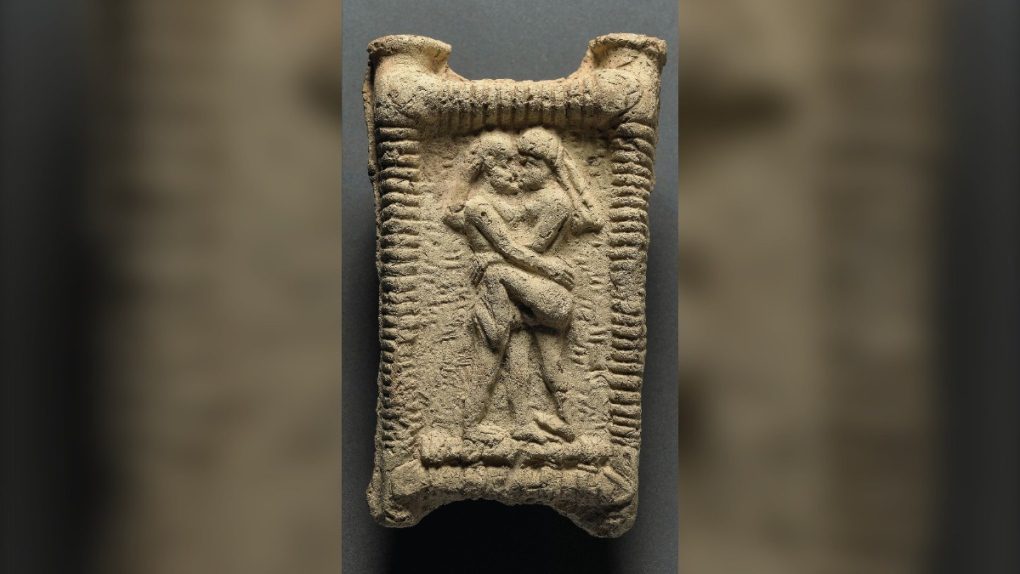Global Courant 2023-05-22 00:14:16
The romantic kiss may have been around for 1,000 years longer than previously estimated, dating back to ancient Mesopotamia, a new scientific paper suggests.
The article, published in the Science magazine on Thursdaylooked at surviving clay tablets from Mesopotamia and dated the earliest recorded kiss to 4,500 years ago.
“In ancient Mesopotamia, which is the name for the early human cultures that existed between the Euphrates and Tigris rivers in present-day Iraq and Syria, people wrote in cuneiform writing on clay tablets,” study author Troels Pank Arboll, an expert on field of history of medicine in Mesopotamia, said in a news report from the University of Copenhagen.
“Many thousands of these clay tablets have survived to the present day, and they contain clear examples that kissing was considered part of romantic intimacy in ancient times, just as kissing could be part of family friendships and relationships.”
The researchers say recent studies have suggested that kissing originated 3,500 years ago in a specific geographic area in South Asia and spread to other regions.
But in their article for Science, they suggest that kissing was already well established in the Middle East.
“Therefore, kissing should not be viewed as a custom that originated solely in a single region and spread from there, but that it appears to have been practiced in multiple ancient cultures over several millennia,” Arboll said.
Sophie Lund Rasmussen of the University of Oxford and a co-author of the study says that humans’ closest living relatives — bonobos and chimpanzees — also kiss, which could explain why it’s a basic human behavior found across cultures.
It also inadvertently aided in the spread of viruses, the authors say.
“If the practice of kissing was widespread and well established in a range of ancient societies, the effects of kissing in terms of pathogen transmission must probably have been more or less constant,” Rasmussen said.
Kissing may also have played an “unintended role” in the transmission of certain viruses, such as herpes simplex virus 1which spreads through oral contact and causes infections known as cold sores around the mouth.
“There is a significant corpus of medical texts from Mesopotamia, some of which mention a disease with symptoms reminiscent of the herpes simplex virus 1,” Arboll said.
For example, the lyrics refer to a disease known as bu’shanu, which bears some resemblance to the symptoms caused by the herpes simplex virus.
However, various “cultural and religious concepts” are said to have influenced those ancient medical texts, he added, meaning they can’t be read on their own, he added.








